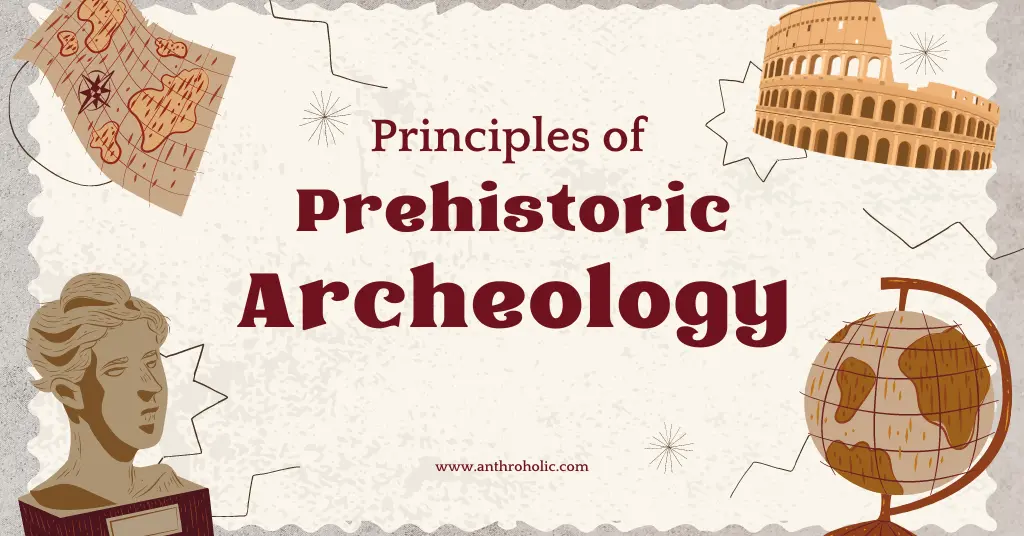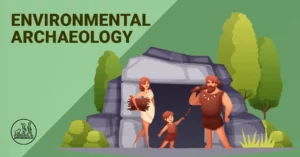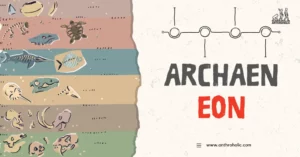AI Answer Evaluation Platform Live Now. Try Free Answer Evaluation Now
Principles of Prehistoric Archaeology
In ‘Principles of Prehistoric Archaeology’, we delve deep into the underpinnings of archaeology, exploring the methods, theories, and principles that guide the study of the prehistoric era. From carbon dating to interpreting artifact evidence, this detailed examination brings light to the silent narratives of the past. Prehistoric archaeology is a specialized field of archaeology that focuses on the study of human societies before the advent of writing. By examining material culture, such as tools, art, and structures, prehistoric archaeologists aim to reconstruct the lives of ancient peoples and understand their behaviors, beliefs, and social structures.

Research Methods in Prehistoric Archaeology
A. Excavation Techniques
Systematic excavation is an essential part of prehistoric archaeology, as it provides researchers with valuable information about the context of finds. Techniques used in prehistoric excavations include:
- Stratigraphic Excavation: This method involves the removal of archaeological layers in the order they were deposited, allowing for the study of changes over time. [13]
- Grid Excavation: This technique divides the excavation site into equal-sized squares or rectangles, enabling the precise recording of artifact locations and facilitating comparisons between different areas of the site. [5]
B. Dating Methods
Dating is crucial in prehistoric archaeology, as it establishes a chronological framework for understanding cultural changes. Common dating methods include:
- Relative Dating: This technique uses the principle of stratigraphy to determine the chronological order of events. Examples include seriation and typology [7]
- Absolute Dating: These methods provide an actual date or range of dates for archaeological materials. Examples include radiocarbon dating, dendrochronology, and thermoluminescence dating [11]
C. Laboratory Analyses
Once artifacts are collected from an excavation, laboratory analyses are used to extract information about their composition, function, and origins. Common laboratory techniques include:
- Zooarchaeology: The study of animal remains to determine human-animal interactions, diet, and subsistence strategies [10].
- Palaeobotany: The analysis of plant remains to understand ancient environments, agriculture, and diet [9].
- Lithic Analysis: The examination of stone tools and debitage to infer technology, resource use, and social organization [2].
Key Concepts in Prehistoric Archaeology
A. Cultural Evolution
Cultural evolution is the idea that human societies change over time through adaptation and innovation. Prehistoric archaeology uses the concept of cultural evolution to explore the development of technology, subsistence strategies, and social organization [8].
B. Typology
Typology is the classification of artifacts based on shared characteristics, such as form, material, or function. This concept is important for understanding cultural continuity and change, as well as for establishing relative chronologies [1].
C. Settlement Patterns
Settlement patterns refer to the distribution and organization of human habitation in a given area. Studying settlement patterns helps archaeologists infer social, economic, and political structures, as well as human-environment interactions [3].
Case Studies in Prehistoric Archaeology
A. Göbekli Tepe, Turkey
Göbekli Tepe is a prehistoric site dating back to the 10th millennium BCE. The site features monumental T-shaped pillars arranged in circular enclosures, suggesting a possible religious function. The discovery of Göbekli Tepe has challenged conventional ideas about the development of complex societies, pushing back the timeline for the emergence of monumental architecture and organized religion [12].
B. Chauvet Cave, France
Chauvet Cave is home to some of the earliest known examples of prehistoric art, dating back to around 30,000 BCE. The cave features stunning images of animals, hand prints, and abstract patterns, providing valuable insights into the beliefs, behaviors, and cognitive abilities of early Homo sapiens [4].
C. Çatalhöyük, Turkey
Çatalhöyük is a Neolithic settlement dating from around 7400 to 6000 BCE. The site is characterized by densely packed mud-brick houses, with no apparent public or communal spaces. Excavations at Çatalhöyük have provided a wealth of information about early agricultural societies, including insights into subsistence strategies, social organization, and religious practices [6].
Future Directions in Prehistoric Archaeology
As technology advances and new methods of analysis are developed, prehistoric archaeology will continue to evolve and refine our understanding of the past. Some emerging trends and areas of research include:
- Remote Sensing: The use of satellite imagery, LiDAR, and ground-penetrating radar to identify and analyze archaeological sites without invasive excavations [14].
- Ancient DNA Analysis: The extraction and study of ancient DNA from human and animal remains can provide insights into population movements, gene flow, and the domestication of plants and animals [16].
- Isotopic Analysis: The study of stable isotopes in human and animal remains can offer information about ancient diets, migration patterns, and even social structures [17].
- Digital Reconstruction: The use of digital technology to create 3D models and virtual reality experiences of archaeological sites and artifacts can enhance our understanding of the past and engage a wider audience in the study of prehistory [15].
Conclusion
As prehistoric archaeology continues to progress, it will undoubtedly yield new discoveries and insights into the lives of ancient peoples. By integrating new technologies and interdisciplinary approaches, the field will remain at the forefront of our quest to understand the origins and development of human societies throughout prehistory.
Prehistoric archaeology is a dynamic field that seeks to uncover the stories of human societies before the advent of writing. Through the application of diverse research methods and key concepts, prehistoric archaeologists strive to reconstruct the lives of ancient peoples and understand their behaviors, beliefs, and social structures. By examining case studies such as Göbekli Tepe, Chauvet Cave, and Çatalhöyük, we can gain a deeper understanding of the development of human culture and society throughout prehistory.
See Also
References
[1] Adams, R. L., & Adams, E. W. (1991). Archaeological Typology and Practical Reality. Cambridge: Cambridge University Press.
[2] Andrefsky, W. (2005). Lithics: Macroscopic Approaches to Analysis. Cambridge: Cambridge University Press.
[3] Chang, K. C. (1968). Settlement Archaeology. Palo Alto: National Press Books.
[4] Clottes, J. (2001). Chauvet Cave: The Art of Earliest Times. Salt Lake City: University of Utah Press.
[5] Harris, E. C. (1979). Principles of Archaeological Stratigraphy. London: Academic Press.
[6] Hodder, I. (2014). Çatalhöyük: The Leopard’s Tale. London: Thames & Hudson.
[7] Lyman, R. L. (1994). Vertebrate Taphonomy. Cambridge: Cambridge University Press.
[8] O’Brien, M. J., & Lyman, R. L. (2000). Applying Evolutionary Archaeology: A Systematic Approach. New York: Kluwer Academic. https://www.researchgate.net/publication/270303739_Applying_Evolutionary_Archaeology_A_Systematic_Approach
[9] Pearsall, D. M. (2000). Paleoethnobotany: A Handbook of Procedures. San Diego: Academic Press.
[10] Reitz, E. J., & Wing, E. S. (2008). Zooarchaeology. Cambridge: Cambridge University Press.
[11] Renfrew, C., & Bahn, P. (2012). Archaeology: Theories, Methods and Practice. London: Thames & Hudson.
[12] Schmidt, K. (2010). Göbekli Tepe – The Stone Age Sanctuaries: New Results of Ongoing Excavations with a Special Focus on Sculptures and High-Reliefs. Documenta Praehistorica, 37, 239-256.
[13] Wheeler, R. E. M. (1954). Archaeology from the Earth. Oxford: Clarendon Press.
[14] Parcak, S. (2019). Satellite Remote Sensing for Archaeology. London: Routledge.
[15] Pujol, L. (2018). The Future of Archaeological Knowledge Production in the Digital Age. In C. Papadopoulos, E. Paliou, A. Chrysanthi, E. Kotoula, & A. Sarris (Eds.), Digital Past: Archaeological Approaches to Terrain Analysis (pp. 7-22). Chichester: Wiley.
[16] Reich, D. (2018). Who We Are and How We Got Here: Ancient DNA and the New Science of the Human Past. New York: Pantheon Books.
[17] Schoeninger, M. J., & Moore, K. M. (1992). Bone Stable Isotope Studies in Archaeology. Journal of World Prehistory, 6(2), 247-296.



